REGULATORY FRAMEWORK FOR COMMUNITY COMPOSTING (Italy)
Depending on the use of the composting machine, three situations are identified, each with three different regulatory frameworks.
![]()
Home-Composting
Composting of organic waste from one's own municipal waste, carried out by domestic and non-domestic users, for the purpose of using the material produced on-site.
![]()
Community Composting
Composting carried out collectively by multiple domestic and non-domestic users of the organic fraction of municipal waste produced by them, for the purpose of using the compost produced by the contributing users.
![]()
Local Composting
Treatment of waste collected in the municipality where the aforementioned waste is produced and in neighboring municipalities that have entered into an association agreement for the joint management of the service.
HOME-COMPOSTING
|
Single user (domestic or non-domestic); |
|
|
Non-domestic users who individually aerobically compost residues consisting of non-hazardous natural substances produced by agricultural and nursery activities, and household users who individually aerobically compost their own organic kitchen waste, grass clippings, and garden prunings, are eligible for a reduced municipal waste management fee (Article 208, paragraph 19-bis of the Environmental Code). |
|
|
This activity does not require authorization and may be undertaken by individual domestic and non-domestic users, provided that the compost produced following treatment is used exclusively by the same user who produced and treated the waste. |
|
|
There is no quantity limit for the waste treated. |
|
|
Examples: School |
|
Creation by the users of a collective legal entity |
|
|
Self-delivery by at least one of the users belonging to the collective organization |
|
|
Proximity: the community composting device must be located within 1 kilometer of the community organization's users; |
|
|
Management: Appointment of a Community Composting Process Manager (for devices with a treatment capacity greater than 1 ton); |
|
|
Composting: At least one of the users belonging to the collective organization must also be the user of the compost produced. The collective organization must have a Compost Use Plan; |
|
|
SCIA (Italy): Start of composting with a certified notification to the Municipality where the community composting facility is located, following the preparation of Management Regulations, a list of users belonging to the collective organization, and a Compost Use Plan |
|
|
Up to 130 tons/year: no authorization required (Italy) |
|
|
Above 130 tons/year: This is not community composting but falls under Article 208 of Legislative Decree. 152/2006. (Italy) |
COMMUNITY COMPOSTING
LOCAL COMPOSTING
|
Organic material may also be delivered by the producer to a waste collection and management system and must not be delivered to the facility exclusively by the users who produced it. A request for an opinion from the regional ARPA (Environmental Protection Agency), following the preparation of a facility management regulation and the appointment of a managing entity, to be identified in the municipality where the facility is located, must be submitted. |
|
|
SCIA (Certified Notice of Initiation of Waste Management) to the municipality where the facility is located, following the ARPA's opinion. |
|
|
The compost produced by local composting must comply with the parameters established by the fertilizer legislation (Legislative Decree 75/2010) for composted soil improvers. |
|
|
Waste must be treated within the same municipality where it was produced or in neighboring municipalities. |
|
|
Up to 80 tons/year - no permits required (SCIA + Plant Management Regulations + ARPA Opinion) (Article 214, paragraph 7-bis of Legislative Decree 152/06); |
|
|
Above 80 tons will no longer be considered "local composting," but rather an aerobic waste recycling plant. In this case: Between 80 and 200 tons/year: Simplified procedure (Articles 214-216 of Legislative Decree 152/06);
|

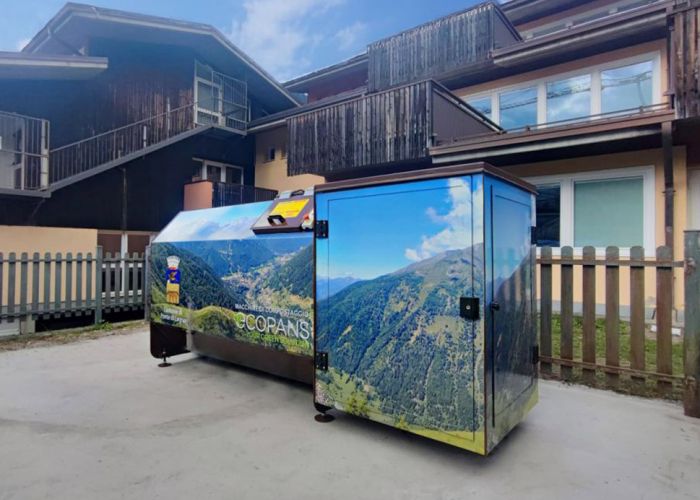 />
/>
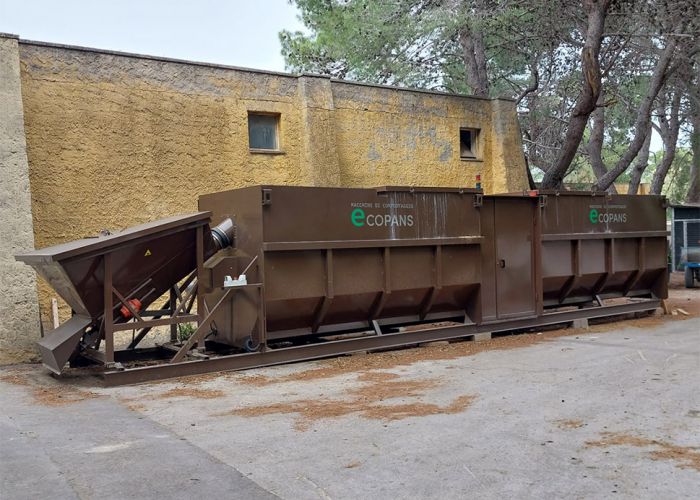 />
/>
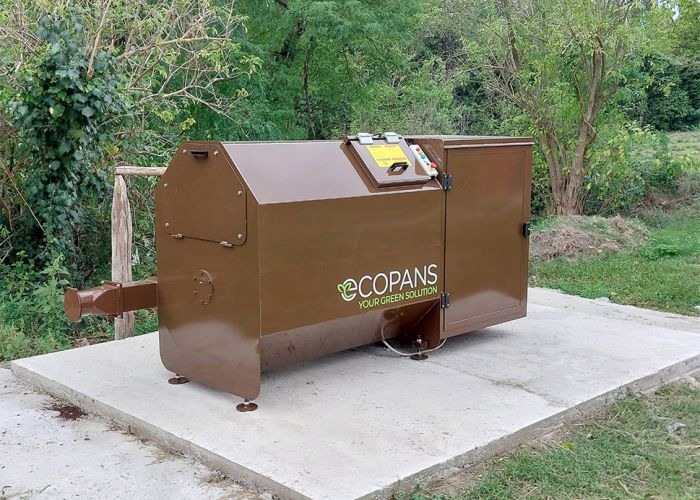 />
/>
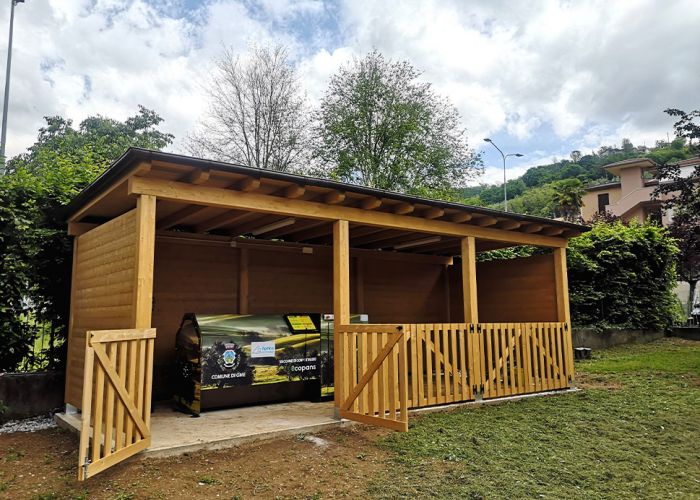 />
/>
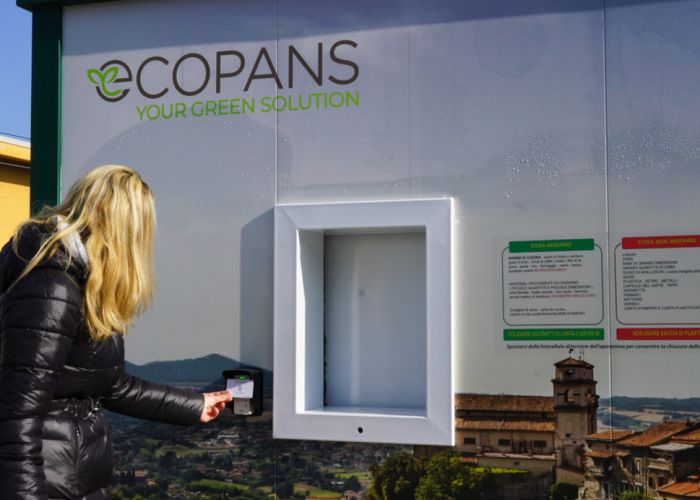 />
/>
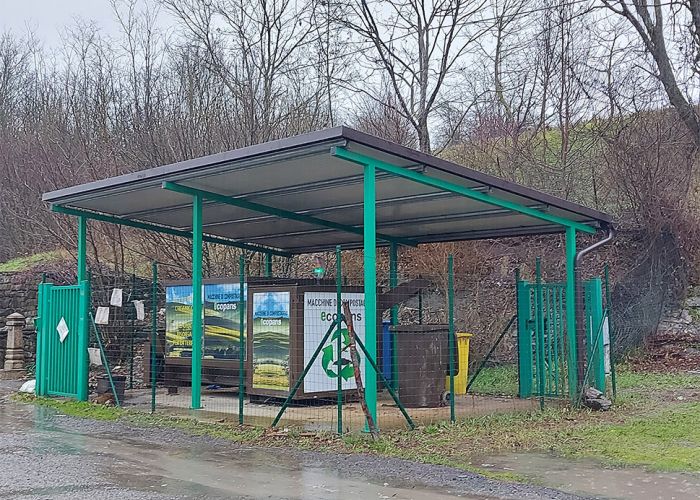 />
/>
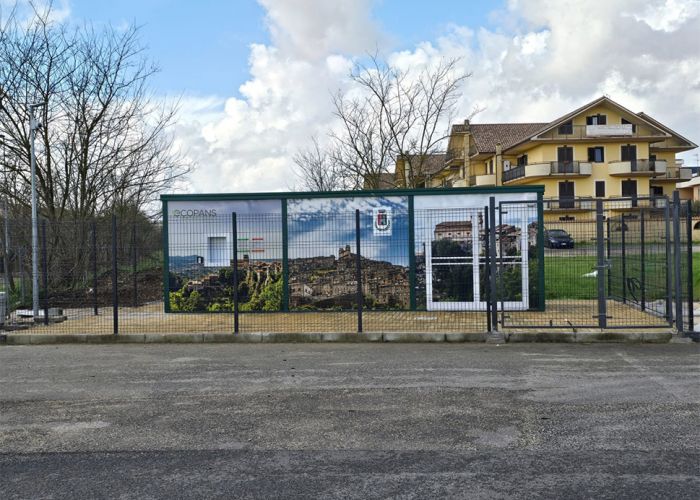 />
/>
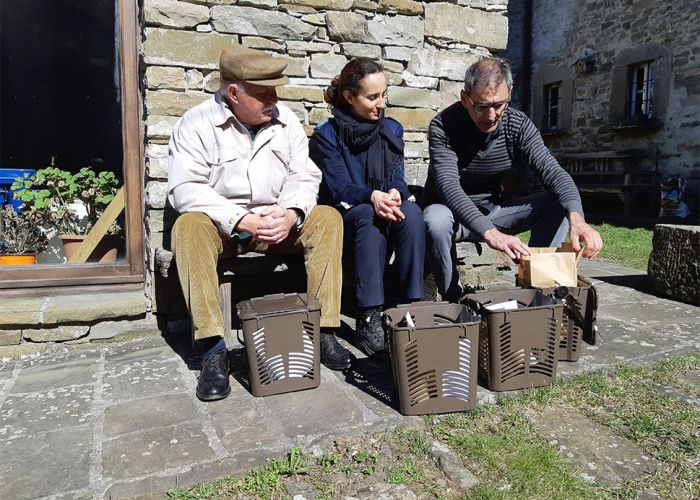 />
/>
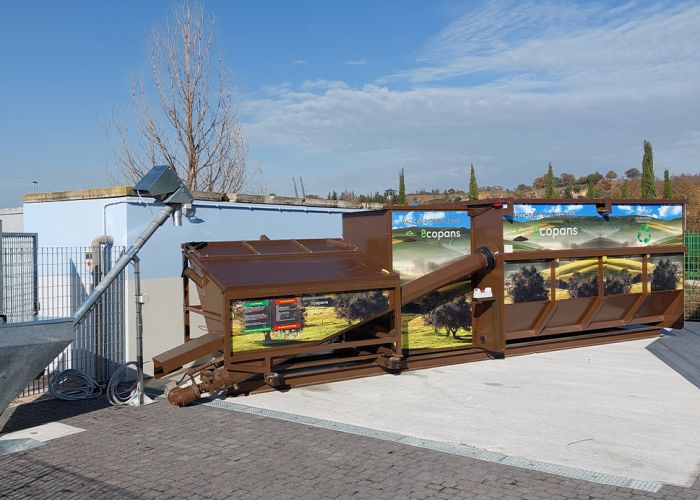 />
/>
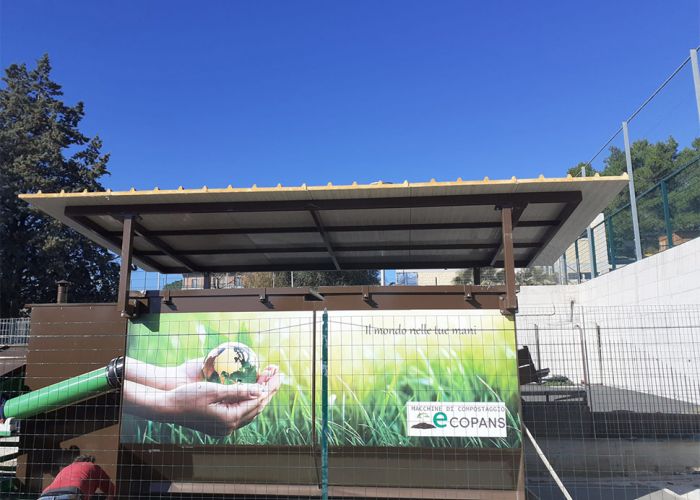 />
/>
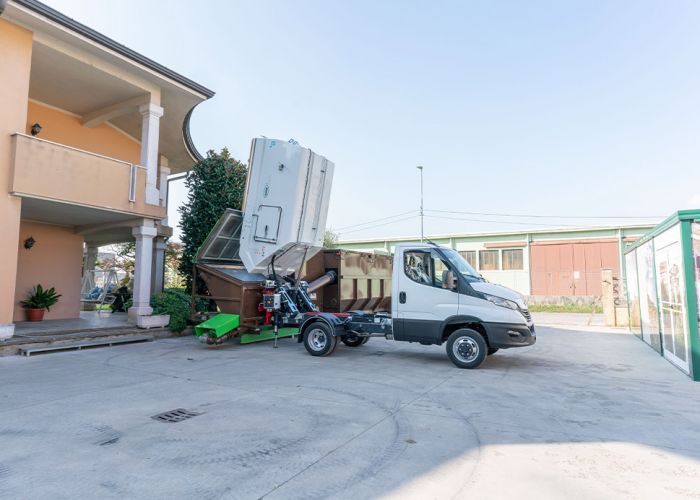 />
/>
 />
/>
 />
/>
